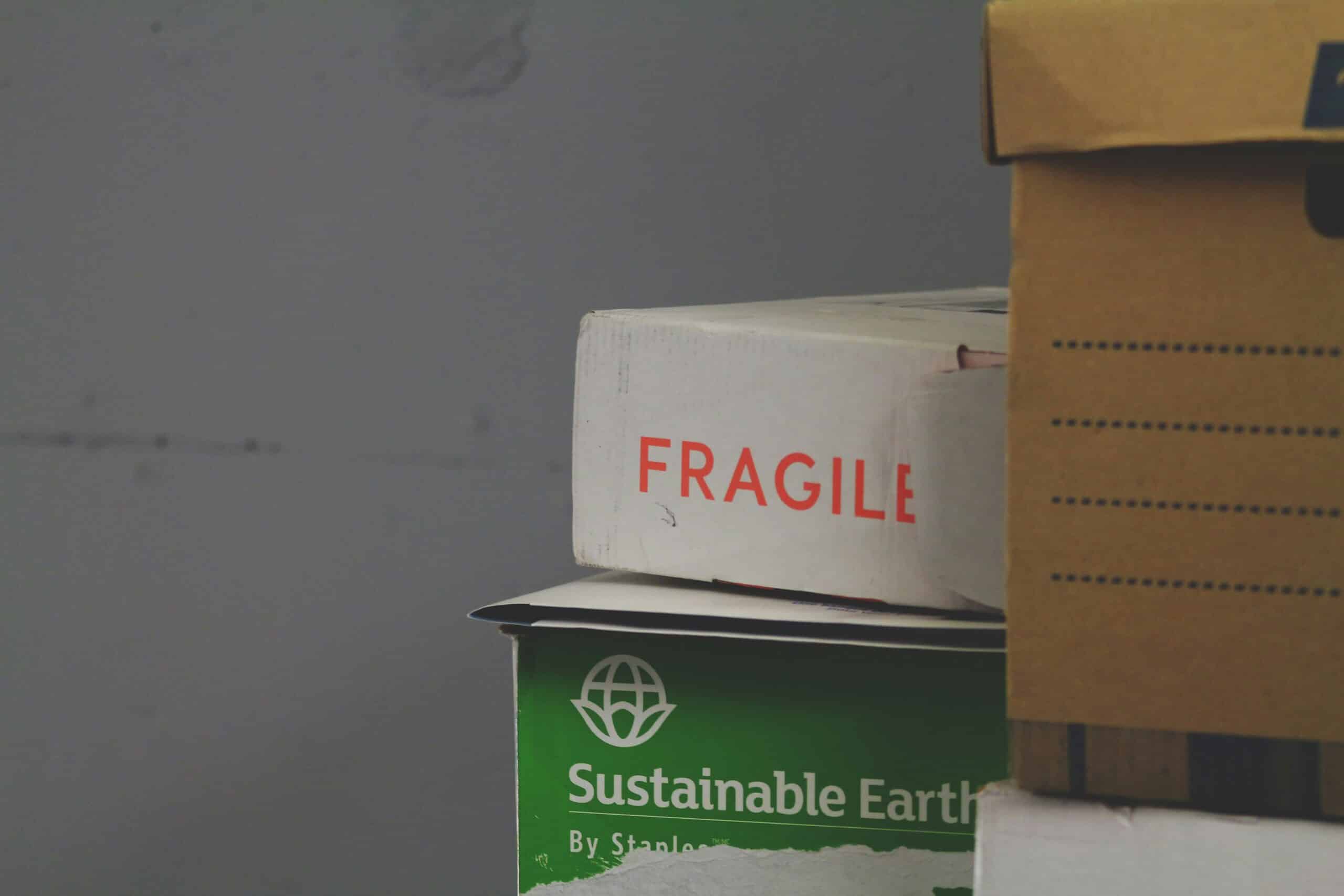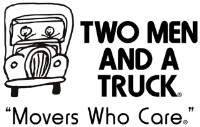You’ve just moved into your new home, excited to unpack and get settled. But as you open boxes, your heart sinks—your grandmother’s antique mirror has a crack running through it, and your TV screen is shattered. Finding damaged belongings after a move is stressful, but knowing the right steps to take can help you get fair compensation. This guide will tell you what you need to do in order to file a claim for damaged goods during a move.
Before You Unpack: First Steps
Your actions in the first few hours after discovering damage can make a huge difference in your claim’s success. Take a deep breath, put down the box cutter, and follow these critical first steps to protect your rights and document the damage properly.
Initial Documentation
The moment you discover damaged belongings, stop unpacking and grab your phone. Documentation needs to start immediately. Take photos of damaged boxes before you open them. This can help prove the damage happened during the move.
As you unpack, take pictures of each damaged item from multiple angles. Make sure your photos clearly show:
- The extent of the damage
- Any visible impact points
- The item’s brand name or identifying features
- Box condition (if still packed)
Keep all your moving paperwork close at hand. You’ll need your bill of lading, inventory sheets, and any paperwork showing what kind of insurance or valuation coverage you chose.
Understanding Your Coverage
Before filing a claim, you will need to review your coverage. Most moves come with basic liability coverage of 60 cents per pound per item. This means if your 30-pound TV is damaged, you’d only get $18, regardless of its actual value.
If you purchased full-value protection, the moving company must either repair the item, replace it with a similar item, or pay you its current market value.
For example, if you have:
- Basic Liability: A damaged $1,000 desk weighing 100 pounds = $60 compensation
- Full Value Protection: A damaged $1,000 desk = repair, replacement, or $1,000
Filing Your Claim for Damaged Belongings
Now that you’ve documented the damage and understand your coverage, it’s time to file your claim. This process requires attention to detail and fast action. Insurance companies and movers have strict deadlines and specific requirements, so let’s walk through exactly what you need to do.
Immediate Actions
Time is critical when filing a moving damage claim. According to federal law, you have 9 months from the delivery date of your move to file a claim. But don’t wait—file as soon as possible. Here’s how to file a claim:
- Contact your moving company immediately. Send an email with:
- Your move dates and order number
- A list of damaged items
- Initial photos of the damage
- Request for their claim forms
- Fill out the company’s forms completely. Include:
- Detailed descriptions of each damaged item
- Original purchase price and date
- Current replacement cost
- Photos of the damage
- Repair estimates (if applicable)
Documentation Requirements
Proper documentation can make or break your claim. Follow these guidelines for documenting damage during a move:
Photo Documentation
Take clear, well-lit photos that show:
- The entire item and its surroundings
- Close-ups of the specific damage
- Any model numbers or serial numbers
- Box damage, if the item is still packed
- Date stamps on your photos (most phones do this automatically)
Written Documentation
Create detailed descriptions of each damaged item:
- Brand name and model number
- Age of item
- Original purchase price (include receipts if you have them)
- An exact description of the damage (“2-inch scratch on the left side” instead of just “scratched”)
- How the item functioned before the move
- Current replacement cost (include screenshots from retailers)
Working with the Moving Company
Dealing with moving companies can be tricky—they’re trying to minimize costs while you’re trying to get fair compensation for your damaged items. Success often depends on how you communicate and handle disputes. Here’s how to work effectively with your moving company to resolve your claim.
Communication Best Practices
Keep all interactions professional and organized. Here are best practices for keeping your communication with the moving company as smooth as possible:
- Send emails instead of making phone calls when possible
- If you must call, follow up with an email summarizing the conversation
- Use clear subject lines like “Damage Claim #12345 – Follow Up”
- Keep messages brief and factual
- Include your move date and order number in all communications
- Request read receipts for important emails
- Save copies of all correspondence
Never say things like “I guess it’s not that bad” or “It might have already been damaged”. Stick to the facts about the current damage.
Common Dispute Issues with Damaged Belongings
Moving companies often use several tactics when handling claims. Here’s how to handle common situations:
Depreciation Disputes
The company might say your 5-year-old couch is worth less than its original value. Research similar used items online to establish a fair current value.
Repair vs. Replace
Companies often prefer to repair items instead of replacing them. If you receive a repair offer, make sure to get an independent repair estimate, ask about warranties on repairs, request details about who will do the repairs, and consider whether repairs will restore the item to its original condition.
Denied Claims
If your claim is denied, ask for:
- Specific reasons for denial in writing
- Copies of any inspection reports
- References to specific company policies
- Information about their appeals process
Additional Options for Damaged Belongings
Sometimes moving companies aren’t cooperative, or their settlement offers are unreasonably low. Don’t worry, you’re not stuck. If you can’t reach a fair agreement with your moving company, several organizations and legal options can help you get the compensation you deserve.
Third-Party Resources
If you’re not satisfied with the moving company’s response, you have options:
- File a complaint with the Federal Motor Carrier Safety Administration (FMCSA) for interstate moves
- Submit a complaint to the Better Business Bureau
- Contact your state’s consumer protection office
- Consider small claims court for amounts within your state’s limits
Prevention Tips for Future Moves
While you can’t go back in time, you can protect yourself during future moves:
- Take photos and videos of valuable items before they’re packed
- Purchase additional insurance for high-value items
- Get everything in writing, including your chosen coverage
- Personally pack irreplaceable items
- Consider moving valuable items yourself
Conclusion
Remember, the key to a successful claim for damaged belongings is immediate action and thorough documentation. Keep copies of everything, follow up regularly, and don’t be afraid to escalate if necessary. While dealing with damaged items is frustrating, staying organized and professional gives you the best chance of fair compensation.









